Fujifilm invited me to take part in the European launch event for the Fujifilm GFX50s at a spectacular location in the heart of the English countryside. We were at Althorp; the home of the Spencer family for over 500 years. This is the house that the late Princess Diana grew up in. We set up in one of the bedrooms and I photographed Carla Monaco using the new Fujifilm GFX 50s. My role was to give demonstrations of the GFX camera in a series of mini workshop sessions to the assembled press and dignitaries.
I was using a far more advanced firmware than I’d had access to for my previous shoots and the GFX was a complete joy to use. I was buzzing, and the feedback I was getting from the camera’s LCD kept that buzz alive throughout the day. Here is a small collection of the shot I took using the GFX. (Shots 2 and 10 link through to high res files).
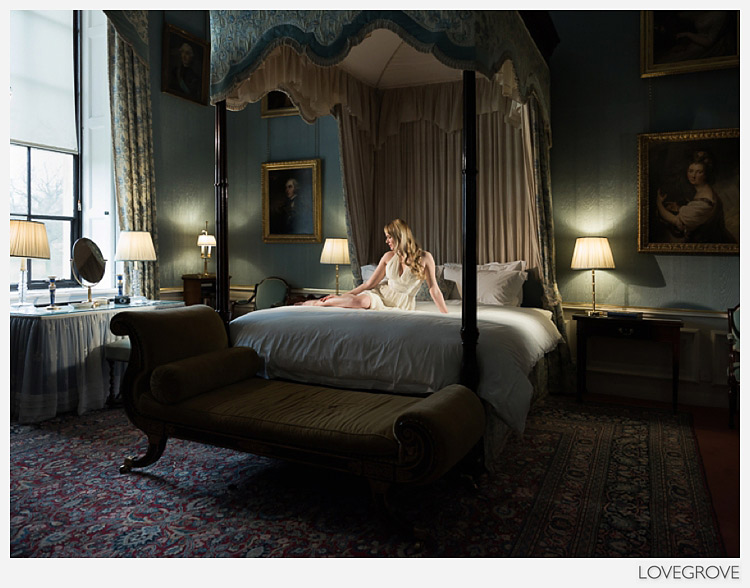
01. This is the wonderful bedroom Carla and I worked in. Some say it was Diana’s bedroom but I’m not quite certain of that. Carla is lit with a Lupo 1000 spotlight from the left that is placed just out of shot by the window and a Lupo 650 spotlight just out of shot on the right of the frame. The natural light changed throughout the day and the daylight had gone last sessions.
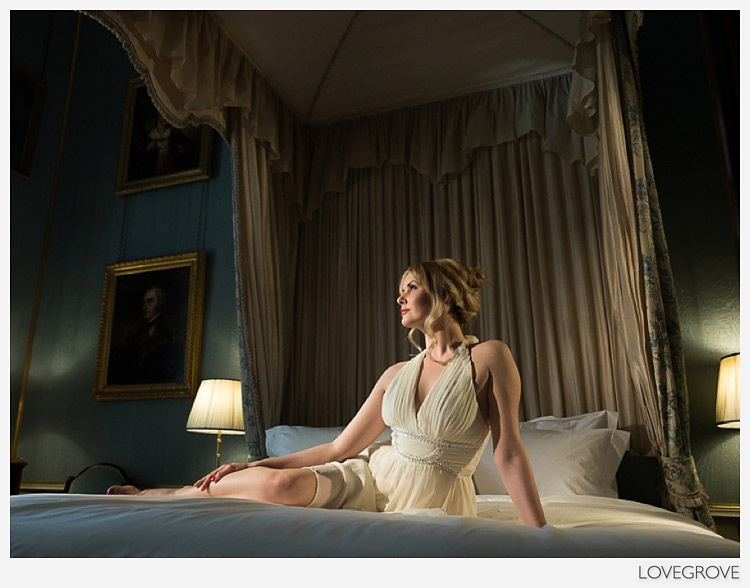
02. A low angle close up with the wide 32-64mm lens delivers a great perspective and depth. Click on the picture to see the full resolution jpeg. Please bear in mind that the linked file is a compressed jpeg from a pre production camera that is not using the final firmware. The picture was compressed in Photoshop down to 7mb.
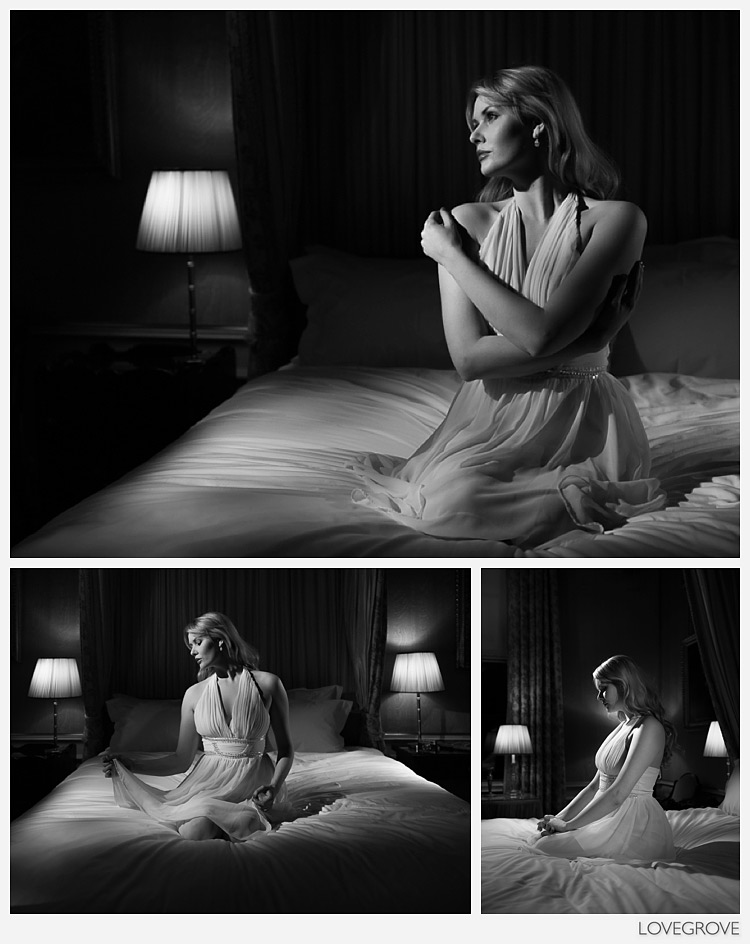
03. When the light is from the right direction it becomes easy to shoot from different positions simultaneously. That’s how I learned to light for TV and film in my previous career. When you have 10 journalists or photographers in the room all with a GFX in their hands this approach is vital.

04. At one point in the morning I showed the group how to make warm sunny pictures on a cold grey January day using just one Lupo light and my white shirt as a reflector. The GFX is an ideal camera to try different viewpoints and exposure variations. It’s not like other medium format cameras that are heavy and best suited to a tripod. The camera in Carla’s hands is a working Russian Zorki 5 type 2b from 1958 that I bought on Ebay for £25.
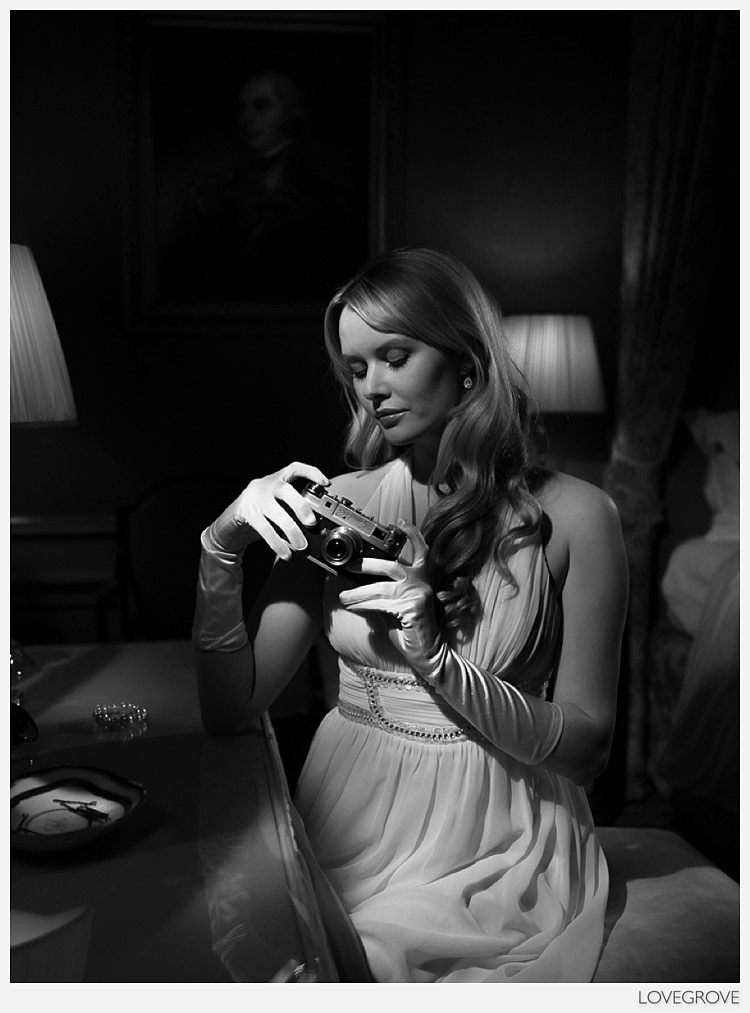
05. Dappled hard light is my favourite light source for portraits. The room lights give depth to this shot.
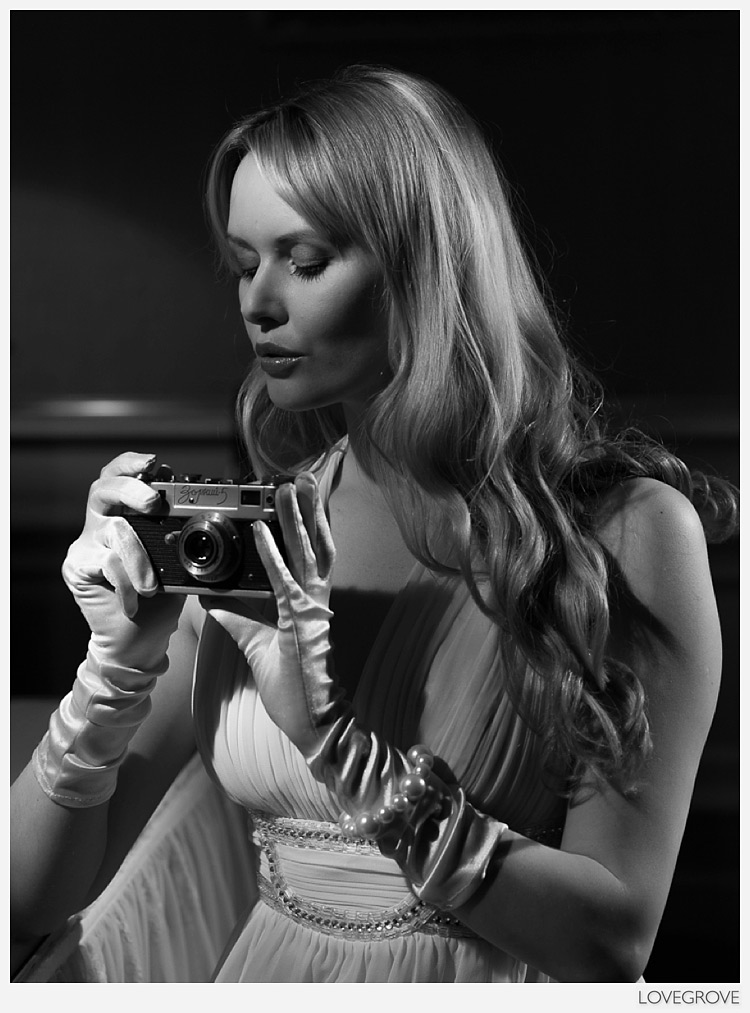
06. A calm Hollywood glamour shot with the mood created by the Lupo 1000 spotlight and an ‘Alto’ Scattergel. The Lupo 650 kick light completes the look.
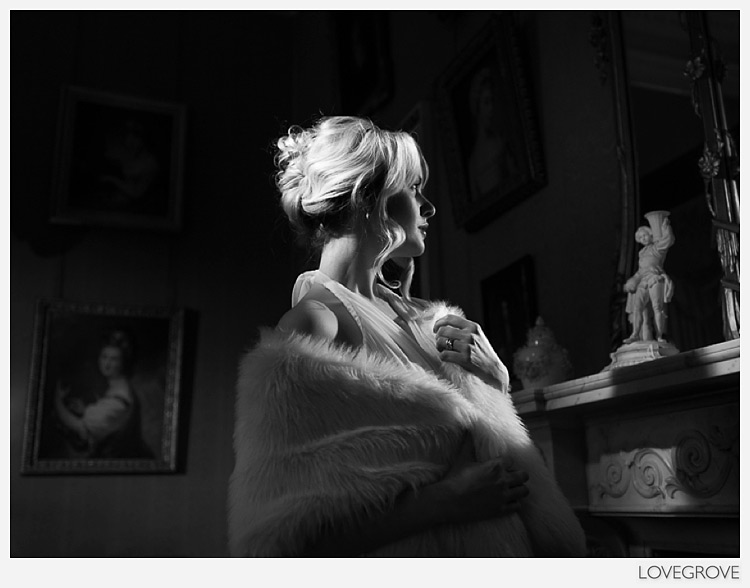
07. A simple one light mirror shot with some depth in the shadows.
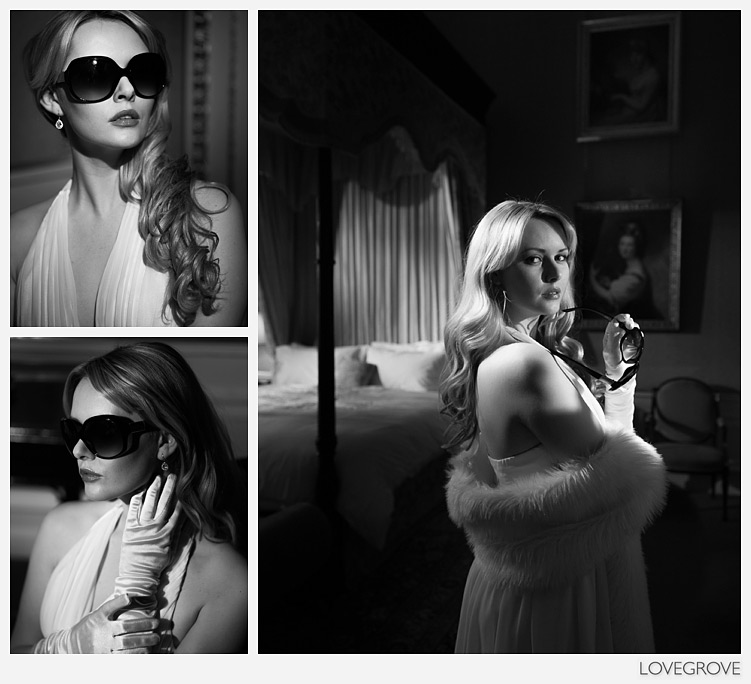
08. I decided that the best way to show off the capabilities of the GFX to the press and industry experts is to keep the lighting simple. I used a pair of hard lights to create several set ups and many of them just use one of the lights like the shots on the left above. The shot on the right is lit through a mirror from a light to the left of the shot. The background is lit with the other light dimmed to 30%.

09. I had 7 groups to demonstrate the GFX to throughout the day and this gave me the chance to vary my shots at each setup. Shooting from above and below is made easier with the tilting EVF and LCD.
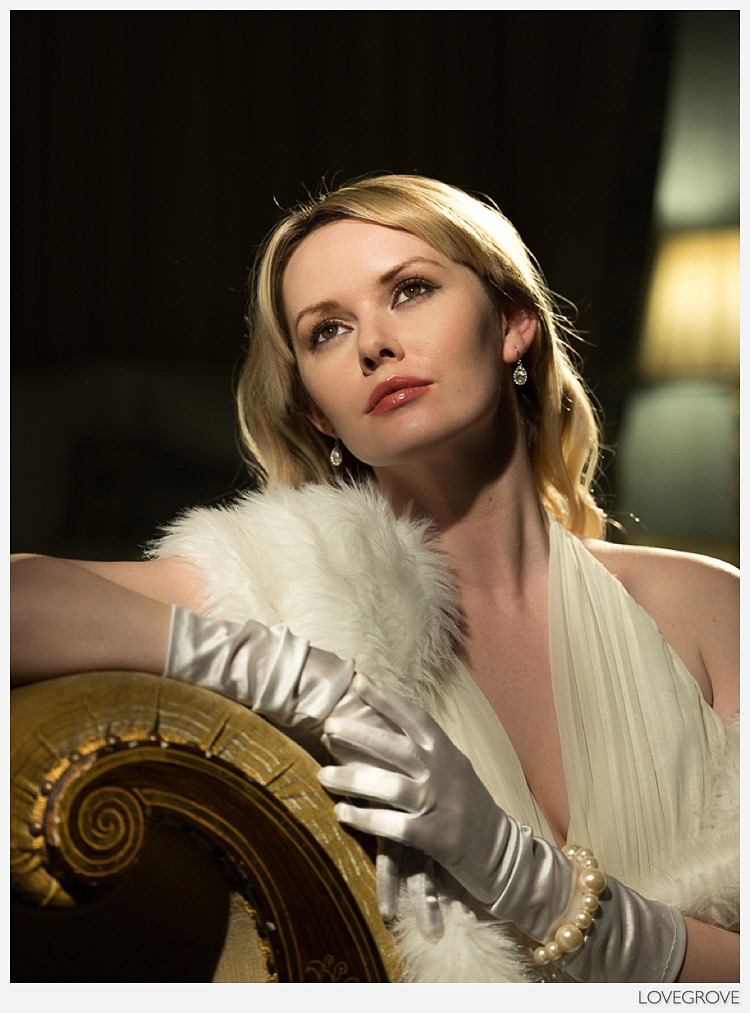
10. GFX50s with the 120mm lens, 1/40th second (on my monopod) at ISO 800. Click on the picture to see the full resolution jpeg. Please bear in mind as before that the linked file is a compressed jpeg from a pre production camera that is not running the final firmware. The jpeg is at 60% to get it down to 7mb rather than the 42mb for a 100% jpeg. These GFX files just get better and better. I’m beginning to see the true quality in the GFX images, now that I’m working with RAW files. The potential to produce spectacular prints excites me. The next stage is to fine tweak the noise reduction and sharpening settings to create a look that I like.
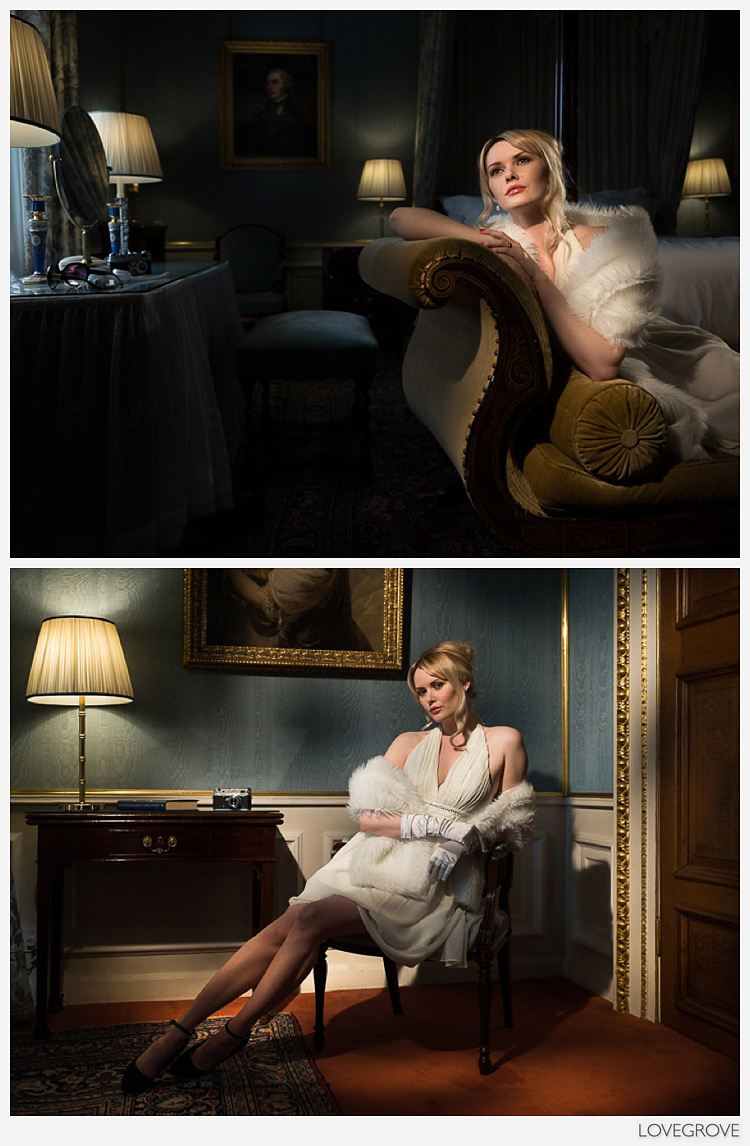
11. The top picture sets the scene with delicate fabrics and emotive lighting from the two Lupo spotlights. The bottom shot was taken with just one Lupo with a Scattergel. It’s easy to create a beautiful mood with a Lupo spotlight that is impossible to make with flash.
The GFX50s camera just keeps getting better. The difference in finish and functionality between the prototypes and the pre production units is startling. Fuji are on course for a truly remarkable camera that will be spot on from the launch. Fabulous quality images have never been easier and more fun to capture. I’ve got my pre order in and now I’ve got something to really look forward to this Spring. I expect the next time I will be shooting with GFX will be on the Fuji stand at The Photography Show in the UK come and see us there and get your hands on this wonderful camera.
I’d like to thank Fujifilm for entrusting me with this prestigious opportunity to present the GFX to the European press. Marc and Andreas of Fujifilm UK deserve a special mention for putting up with me as I find my way in the role of Fujifilm ambassador. This day was spectacular and the hospitality excellent. I’d also like to thank Carla Monaco for her patience and professionalism. The styling was by me, Damien Lovegrove and Carla did her own hair and makeup.
Please feel free to comment below.

Damien given your love of flash , are you compromised by the flash sync of 125?
Hi Andy,
I’ve used flash at 1/125th second since 1986 so it doesn’t really bother me at all. I could buy a leaf shutter lens if I wanted but I see no advantage for the kind of work I do. I don’t have to freeze action so I’m happy with the ND method of maxing the aperture with mirrorless cameras.
Cheers,
Damien.
On order, bought and paid for with the wide zoom and the adaptor for our Blad lenses, but what I’m really looking forward to is getting the GFX onto the back of my view camera and set up in front of some nice architecture – Thanks for the blog lots of hands on reaction, great info and thanks for the high res samples
Thank you Bruce. Not long now :) Damien.
Wow, if that’s the quality of a compressed 7Mb JPEG I’d love to see what the quality is like from the RAW file or uncompressed JPEG! Beautiful photographs Damien
Hi Colin,
The RAW files look amazing ;)
Cheers, Damien.
Thanks for sharing Damien. What am I supposed to be looking at that is distinctive of the medium format? Could you share some pointers on the image quality benefits in real terms. Outside of resolution detail, what wouldn’t my XT-2 achieve in these same shots?
Dynamic range.
Hi Den,
Good questions. From what I can gather the MF programme is in two stages. The first is a 50mp sensor with exactly 4x the area of the X-Trans APSC X series sensor and stage two is a 100mp sensor with identical pixel density to the current 24mp X series sensor. With the 50mp sensor the pixels are approximately twice the size of the current X series sensor and have twice the light gathering capability as a result. This delivers more shadow detail and in turn increases the dynamic range. The 50mp sensor files are easier to pull and push as there is more data per pixel site. The Beyer pattern gives an image with less artefacts and a faster post production process too. The in camera image processing is identical for the X-T2 and the GFX 50s as they share the same image processor and film simulations etc. So to answer your question the reason to choose MF is principally one of image resolution and shadow tonality for making large prints. There is also a different way of shooting that is calmer and perhaps more considered, yet less spontaneous.
Kindest regards,
Damien.
There is such tremendous integrity in your presentation.
Thank you Arthur. Kind words indeed. :)
Damien.
Damien – stunning photos as usual! Hollywood glamour – love love love! I love following your work as you use Fuji gear. I just bought an X-T2 and am loving the results. Just wish I could win some money to buy the GFX. I need to start playing with light more like you do, and not playing it safe! Thanks for continuing to inspire me! http://www.belindalansleyphotography.co.nz
And I thought I would be happy with the XT2 that is on it’s way to me! NOW look what you’ve done Damien! :)
I may seriously get one of those in the future. I miss my dream Hasselblad system (2 bodies, 4 lenses). For those who say Fuji should do a full frame camera, Fuji has done things much smarter. The wonderful X system that gives full frame quality in a perfect size and weight system, and then the new GF for those that want the advantages of a larger sensor, and at a reasonable price for top quality gear. (GF camera body is the SAME price as a Nikon D5 body, for example, but giving MUCH BETTER QUALITY in a system that can be handheld.)
Hi Nathan, You will be delighted with your X-T2. I am with mine. In a year or two the GF system will be well established and deals will be going down as folk trade up to 100mp – Gulp!
Have fun with your new camera when it arrives.
Regards, Damien.
One question Damien. I would I begin to update my DOF charts or apps with the 63mm. Will be my first experiance incorporating MFT in my work flow. I use them occasionally when determining camera postions based on my suunto calculations of sun positions.
Hi John,
Do you have a question? It does seem that you are taking a very technical approach. I shoot almost everything wide open so I don’t need to calculate DOF. That’s what I love about photography, there are so many approaches that we can take.
Regards, Damien.
Great shots! What event are you doing in NY? I’m curious how the dynamic range compares to the 645Z?
Hi Allan, I’m doing the Fujilove Conference in New York. The info is here: https://fujilove.com/live Then I’m doing some Hollywood Glamour workshops from a spectacular apartment. The info is here: http://passionphotographyexperience.com/product/boudoir-hollywood-glamour-portraits-manhattan-nyc/ I won’t know about the dynamic range until full RAW processing functionality is established. Not long now :) Kindest regards, Damien.
Stunning images, model & venue. Very nice. Detail & quality superb.
Thank you Stephen :)
The shot with the gloves – just wow! What fantastic detail!
Thank you Mike. The detail is finally being realised in the files with each new firmware release. These are exciting times if you make big prints :)
Another great shoot up to your usual imagery and control. I really must not get interested in this camera having sold all my other gear. Look forward to seeing more in the future.
I totally understand Chris. This is for the big picture. The kit you have is fabulous! Cheers, Damien.
Wow! Thanks Damien, a great set of images as always from you. Quality in No10 is just staggering! I will never need one, or, for that matter be able to afford one, but I do want one.
Thank you Paul. I completely understand your position ;) Cheers, Damien.
I really don’t do deep envy but these images put that off the scale… somewhat! Something very much to aim for this year!
Thanks for your continued support and kind words David. Stay inspired, Damien.
Wow!
Cheers :)
Wonderful, as usual. Am looking forward to learning how you do what you mention in #3 during our session NYC next month! Cheers, Mark
Hi Mark. Thanks for your kind words. That will be on my list in New York. Not long now :)
Cheers, Damien.